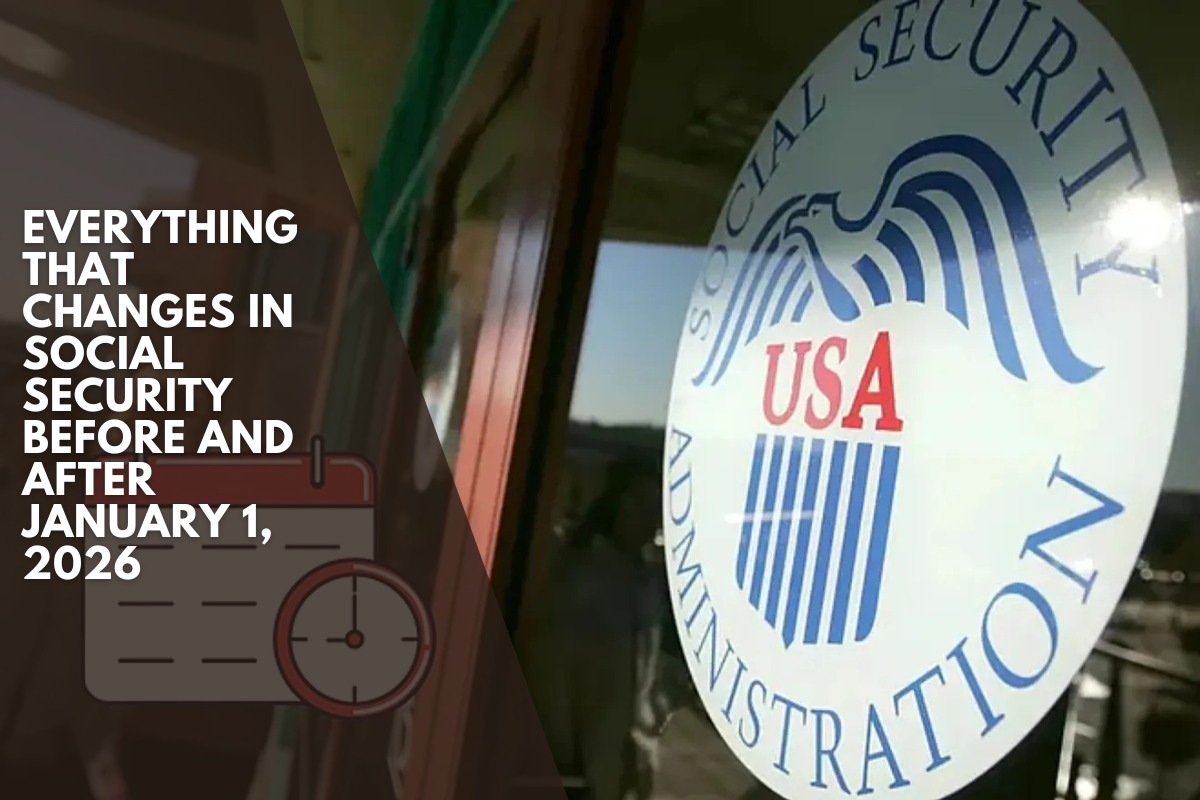As millions of Americans rely on Social Security for a monthly income, new reports show the program’s finances are in jeopardy. Here’s what every current or soon-to-be Social Security recipient should know about the program’s future, the risks to their benefits, and what steps Congress could take to keep it strong.
When does Social Security “run out of money”?
According to the latest 2025 Social Security Trustees Report, the program’s main reserve fund, the Old-Age and Survivors Insurance (OASI) Trust Fund, will be depleted in 2033. That’s only eight years from now.
At that point, unless Congress acts, the system will only have enough payroll tax revenue to pay approximately 77% of scheduled benefits, resulting in an automatic 23% cut for all recipients.
What does this mean for you?
If you’re already receiving or about to receive Social Security, a typical monthly benefit check of $2,000 could drop to about $1,540 if Congress does not address the funding shortfall.
For a dual-earning couple, that could mean losing as much as $18,000 per year in benefits—potentially doubling the poverty rate among America’s seniors.
Why is this happening?
For decades, Social Security collected more taxes than it paid out, creating an interest-bearing trust fund. However, the math changed in 2021: with America’s aging population, there are fewer workers contributing to the system for each retiree receiving benefits. Recent tax changes and new laws have accelerated the shortfall, pushing potential cuts forward.
What needs to happen to prevent cuts?
Congress needs to act within the next few years to prevent automatic benefit reductions. Lawmakers have several options—most likely, a combination of them will be required:
Raise the payroll tax cap: In 2025, earnings over $176,100 are not taxed for Social Security. Proposals would have higher earners pay more by lifting or removing this cap.
Increase the payroll tax rate: Even a gradual increase above the current 12.4% could address a significant chunk of the gap.
Raise the full retirement age: The age for full benefits is already moving to 67 for those born in 1960 or later and will likely go higher for younger generations.
Adjust the benefit formula: Lawmakers might change how initial benefits are calculated, perhaps favoring lower-income retirees with higher replacement rates while curbing benefits for high earners.
Invest in the markets: A bipartisan Senate proposal seeks to fund a new sovereign wealth fund—essentially investing part of Social Security’s reserves in stocks and bonds to seek higher returns, but this involves risk and is not a guaranteed fix.
Direct federal funding: Some plans call for one-time or ongoing federal cash injections, though this would add to the national debt.
What should recipients do now?
Stay informed: Congress has a long history of fixing Social Security before benefit cuts occur—but there are no guarantees this time.
Watch for updates: Changes to COLA (Cost-of-Living Adjustment), retirement age, and tax rates are possible, but none will affect checks overnight.
Consider advocacy: Many organizations representing older Americans are urging Congress to act now to preserve benefits for current and future retirees.
Social Security will not “run out of money”; payroll taxes will continue to be collected. However, if Congress does not replenish the trust fund by 2033, automatic benefit cuts of approximately 23% will take effect under current law. Most experts and lawmakers believe there will be a fix, but recipients should keep a close eye on things.












